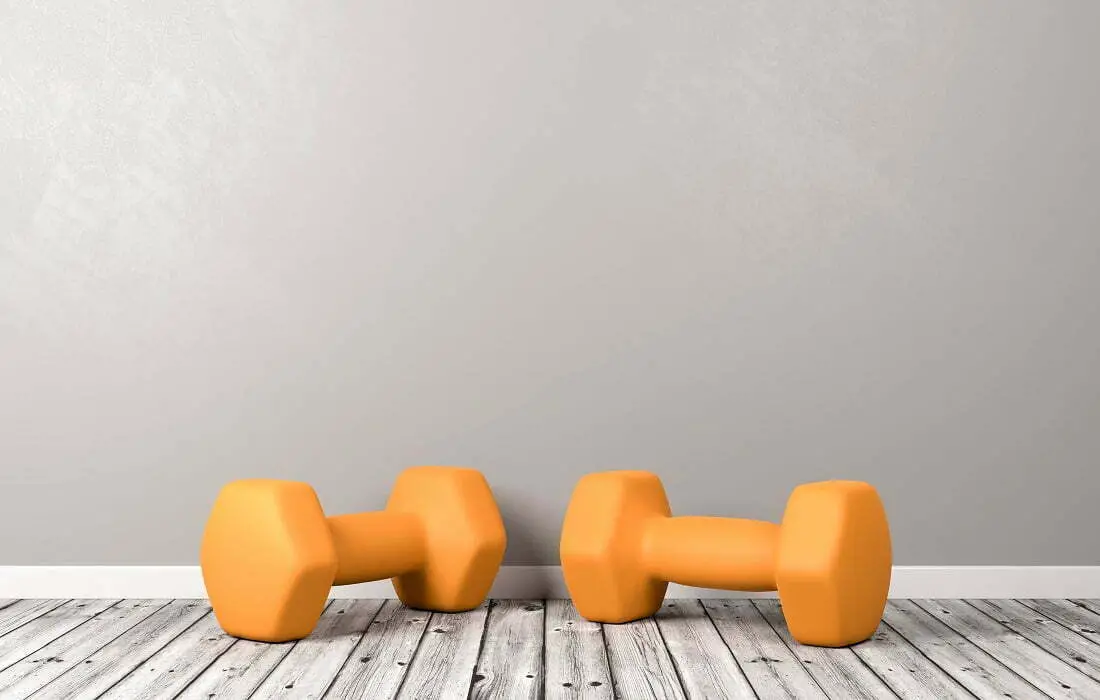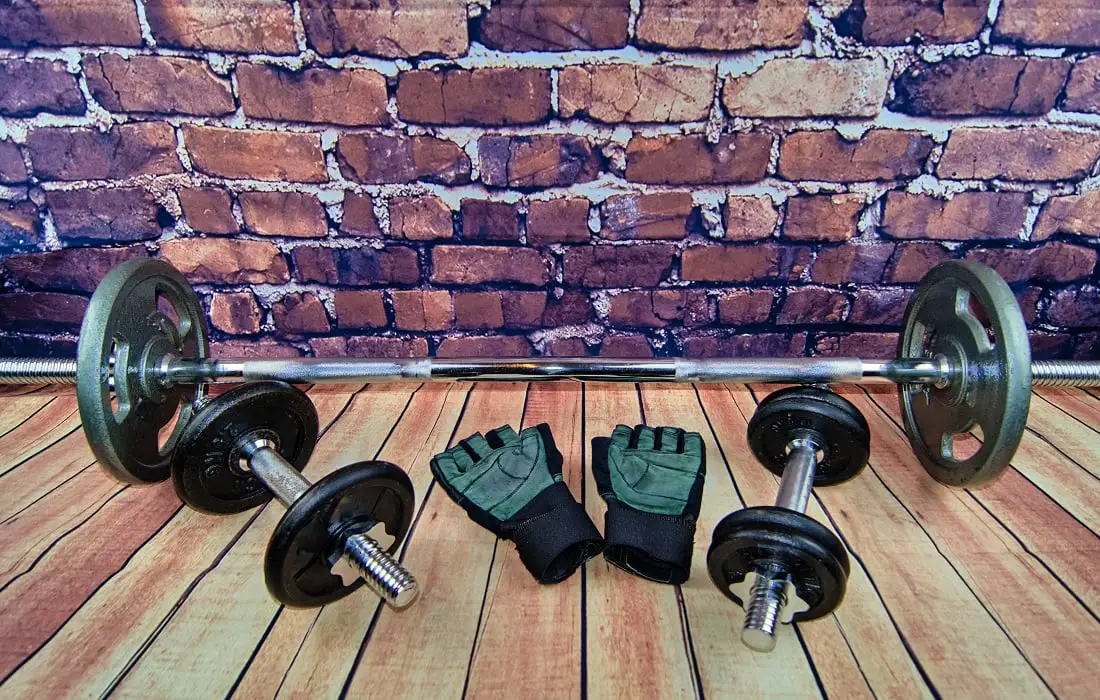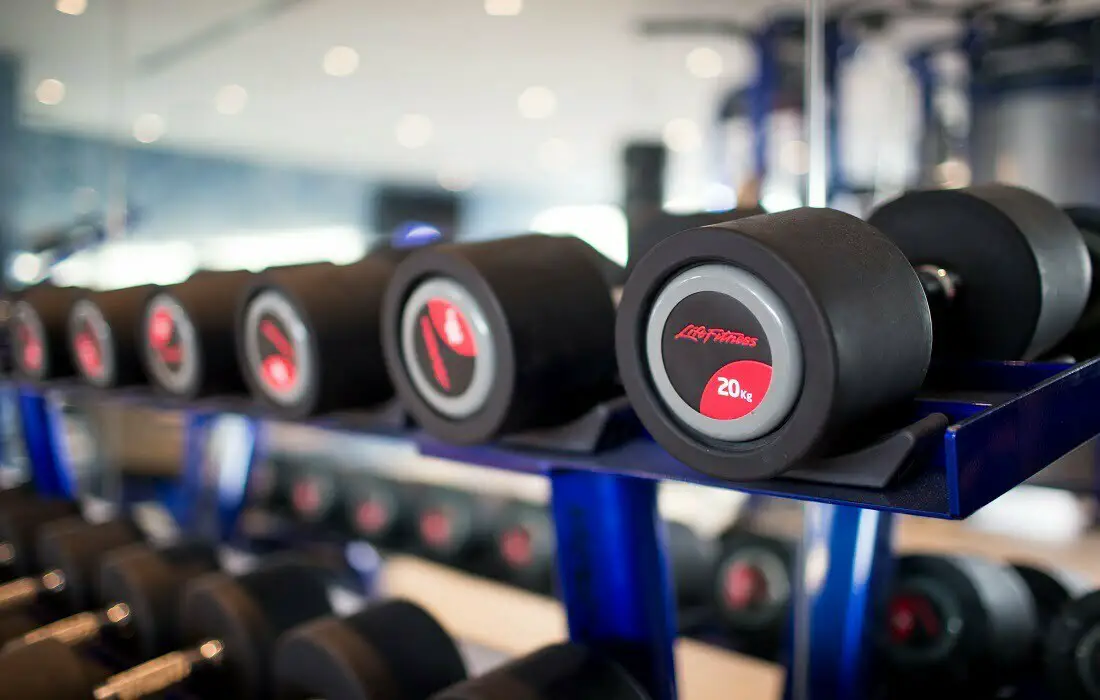Creating a home gym can be a rewarding project, offering convenience and flexibility for your fitness routine. Since 2020, 52.2% of UK consumers have worked out at home and many claim that it helps them exercise more often as it reduces the expense of costly gym memberships and allows them to fit workouts around their busy schedules.
If you’re thinking about installing a gym at home, one of the most crucial elements is the flooring. A well-installed gym floor not only provides comfort during workouts but also helps protect your subfloor and reduce noise.
In this comprehensive guide, we will walk you through the step-by-step process of DIY gym flooring installation, ensuring that you can achieve the perfect workout space without the need for professional help.
Step 1: Gather Your Tools and Materials
Before you begin your gym flooring installation, make sure you have the necessary tools and materials on hand:
Tools:
- Measuring tape
- Utility knife or flooring cutter
- Straightedge or T-square
- Pencil
- Safety goggles
- Knee pads
- Rubber mallet
- Adhesive (if required)
- Trowel (if required)
- Level (if required)
Materials:
- Gym flooring material of your choice (options discussed below)
- Underlayment (if necessary)
- Double-sided tape or adhesive (if necessary)
- Transition strips (if necessary)
- Cleaning supplies (broom, mop, cleaning solution)
Step 2: Choose Your Gym Flooring
Selecting the right gym flooring is a crucial decision. The most common gym flooring options for DIY installation include:
Interlocking Rubber Tiles: These are easy to install and provide excellent shock absorption and durability. Interlocking rubber tiles are versatile and come in various thicknesses and colours.
Rolled Rubber Flooring: Rolled rubber flooring offers a seamless look and is suitable for larger spaces. It provides great cushioning and is easy to clean. You can choose from various thicknesses to meet your specific needs.
Foam Tiles: Foam tiles are lightweight, easy to install, and provide good cushioning for low-impact workouts. They are budget-friendly and come in various colours and patterns.
Vinyl Tiles or Planks: Vinyl tiles or planks offer a sleek appearance and are resistant to moisture and staining. They are ideal for home gyms with heavy equipment and high-traffic areas.
Step 3: Prepare the Subfloor
To ensure a smooth installation process and a stable gym floor, you must prepare the subfloor properly:
- Clean the Subfloor: Sweep and mop the subfloor to remove any dust, dirt, or debris. Ensure that the surface is dry and clean before proceeding.
- Check for Levelness: Use a level to check the subfloor for any unevenness or high spots. If necessary, use a self-levelling compound to correct any imperfections.
- Install Underlayment: Depending on your chosen gym flooring material, you may need to install an underlayment to provide additional cushioning and support.
Step 4: Plan the Layout
Before installing your gym flooring, plan the layout to ensure a professional look and minimise waste:
- Measure the Room: Use a measuring tape to determine the dimensions of the room. Be precise, as this will help you calculate the amount of flooring material needed.
- Start from the Center: It’s often best to start installing your gym flooring from the centre of the room and work your way outward. This creates a balanced and aesthetically pleasing layout.
- Dry Fit the Tiles or Rolls: Lay out the gym flooring material without adhesive to ensure that your layout fits the room properly. Make any necessary adjustments to ensure a snug fit.

Step 5: Begin Installation
Now that you’ve prepared the subfloor and planned your layout, it’s time to start installing your gym flooring:
Interlocking Rubber Tiles or Foam Tiles:
- Begin in one corner of the room and lay the first tile or set of tiles. Interlock them securely.
- Continue adding tiles row by row, interlocking them as you go. Use a rubber mallet to ensure a tight fit.
- When you reach the edges of the room, you may need to cut tiles to fit. Measure carefully, mark the tiles, and use a utility knife or flooring cutter to make precise cuts.
- Ensure that the tiles are snug against the walls and any obstructions.
Rolled Rubber Flooring:
- Start at one end of the room and roll out the rubber flooring material. Allow it to relax and flatten for a few hours if it arrives rolled up.
- Trim any excess material at the edges using a utility knife or flooring cutter.
- Secure the edges and seams with double-sided tape or adhesive if necessary.
Vinyl Tiles or Planks:
- Begin in one corner of the room and lay the first tile or plank, adhering to the manufacturer’s instructions.
- Continue adding tiles or planks, ensuring that they are correctly aligned and spaced.
- Cut tiles or planks as needed to fit the edges of the room.
Step 6: Install Transition Strips
If your gym flooring meets another type of flooring, such as carpet or hardwood, install transition strips to create a smooth, finished edge.
Measure and cut the transition strips to fit the doorway or transition area.
Attach the strips to the subfloor using screws or adhesive, following the manufacturer’s instructions.
Step 7: Adhesive Application (If Required)
If your chosen gym flooring requires adhesive, follow these steps:
- Prepare the adhesive according to the manufacturer’s instructions.
- Apply the adhesive evenly to the subfloor using a trowel.
- Begin installing the gym flooring material, ensuring that it adheres properly to the adhesive.
- Use a roller to press the flooring material firmly into the adhesive, ensuring good contact.
Step 8: Finishing Touches
Once your gym flooring is installed, take care of these finishing touches:
- Cleaning: Sweep and mop the newly installed gym floor to remove any dust or residue.
- Equipment Placement: Set up your exercise equipment and arrange your gym space as desired.
- Enjoy Your Home Gym: Your DIY gym flooring installation is complete! Now you can enjoy your home gym for workouts, yoga sessions, or any other fitness activities.
Creating a home gym is a fantastic way to prioritise your fitness and well-being. Installing gym flooring yourself can save you money and provide the satisfaction of a DIY project well done.
With the right tools, materials, and careful planning, you can create a comfortable and functional workout space that suits your needs perfectly. So, roll out that gym flooring and start enjoying your new fitness haven.


